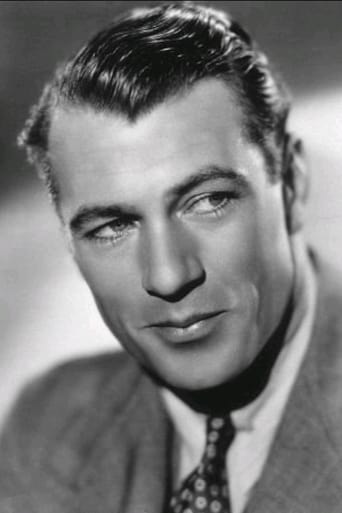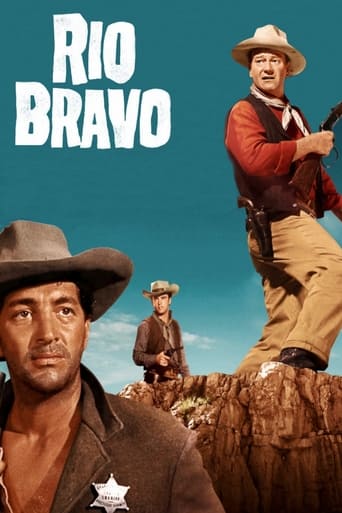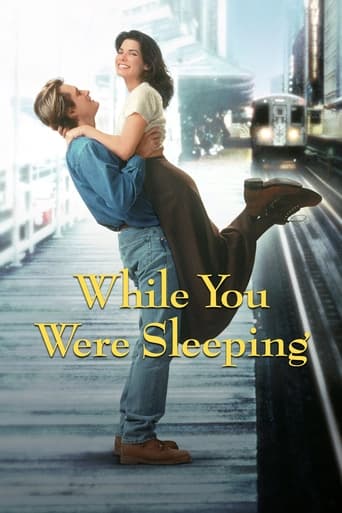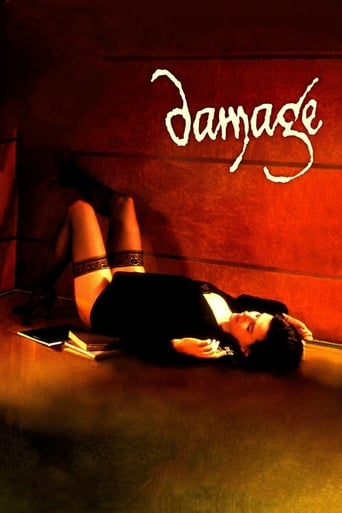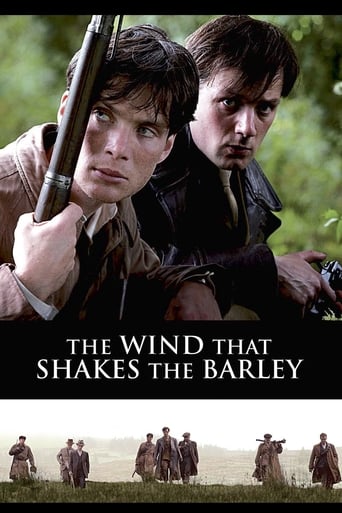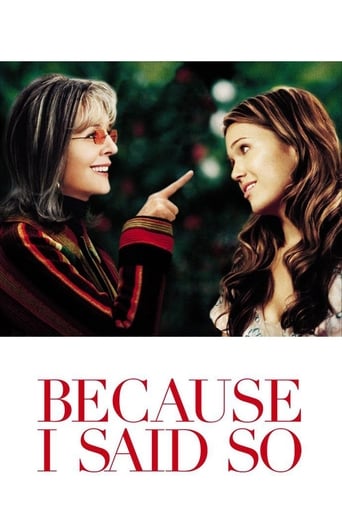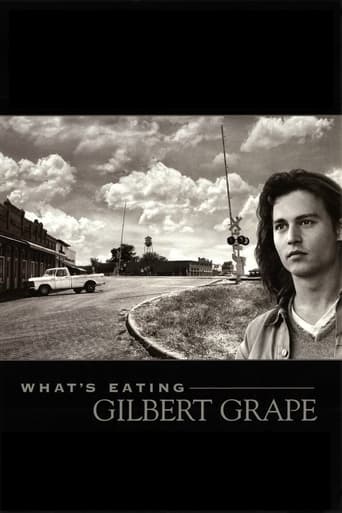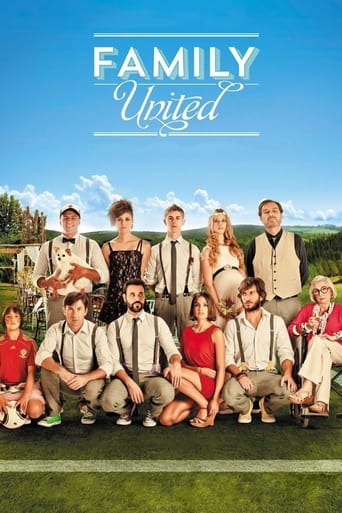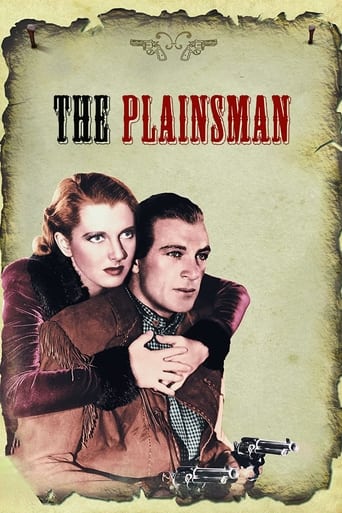
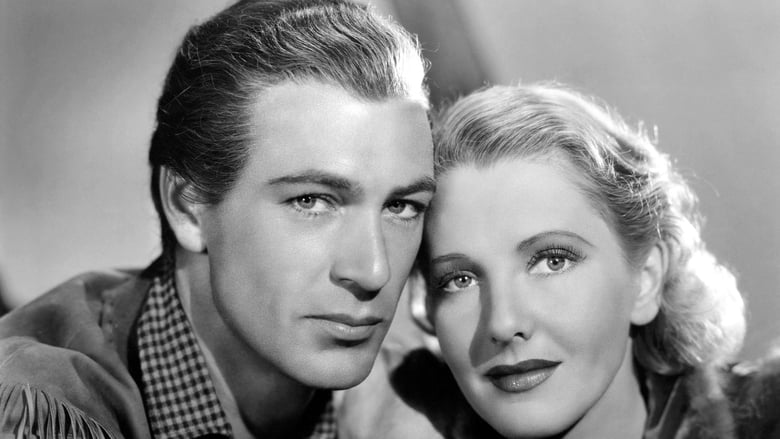
The Plainsman (1936)
Wild Bill Hickok, Calamity Jane and Buffalo Bill go up against Indians and a gunrunner.
Watch Trailer
Cast
Similar titles

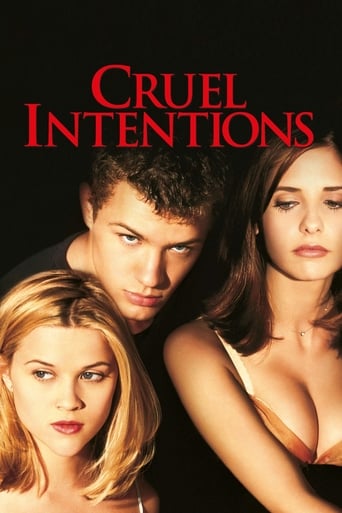

Reviews
How sad is this?
It’s not bad or unwatchable but despite the amplitude of the spectacle, the end result is underwhelming.
what a terribly boring film. I'm sorry but this is absolutely not deserving of best picture and will be forgotten quickly. Entertaining and engaging cinema? No. Nothing performances with flat faces and mistaking silence for subtlety.
Through painfully honest and emotional moments, the movie becomes irresistibly relatable
This story compresses many years, many lives and widely separated events into one narrative. It is mainly, if vaguely, based on the life and death of Wild Bill Hickok, 1837-1876, known in Harper's New Monthly Magazine as Hitchcock, and as having killed "hundreds of men". No relation. Hickok is portrayed by Gary Cooper. He checks in to a barbershop, where the barber tries to get him to cut his hair. He says he doesn't believe in getting his hair cut. Oddly, it's already quite short, in a style suitable for 1936. There are nevertheless many photographs of the real Wild Bill, in all of which he is shown with hair tumbling well below his shoulders. Not Cooper's favoured style.Is there any message in this mash-up of a movie ? Could it be that while he inspires calamitous fandom from the fair sex, the true gunman, and noble he-man, is essentially misogynistic ? This doesn't save him, though. He's fated for aces and eights, the dead man's hand, and gets shot in the back. The reason Buffalo Bill survives is because he weds a little woman, and intends, improbably, to run a civilised hotel, and do the washing up. Actually, I thought he ran a Wild West Show. No matter.This film is designed to entertain, and it does. It features an interesting antique mechanical cocktail shaker. Those were the days when America was great, but tragically undermined by internal political corruption and proliferating guns. Seems familiar. All the prominent Indians, except Mexican Anthony Quinn, were white men in war paint, and spoke with forked tongues, especially when setting out to trap the cavalry.
There were more colorful quotes in the picture than the one in my summary line above, like Calamity Jane (Jean Arthur) calling Wild Bill Hickok (Gary Cooper) a 'slab sided, bird totin' rat', or Hickok's own statement to villain John Lattimer in Hays City - "You're not leaving town unless dead men can walk". But the story's overarching theme has to do with President Lincoln's vision of an American frontier expanding westward, and it's within that context the story takes place. Sticklers for historical accuracy won't be pleased by it, but director DeMille wisely warned the viewer as the picture opens that the characters and events shown were being compressed into a single narrative. So it's not like he was trying to pawn this off as a definitive history.While I was watching though, it was hard not to draw a comparison to the way movies are filmed today. Gary Cooper was generally effective here in his role as Wild Bill Hickok given the era in which it was made. However he doesn't project the gritty realism of say, Keith Carradine in his portrayal of Hickok in the mid-Nineties HBO series 'Deadwood'. You can continue the comparisons with characters like Calamity Jane and Jack McCall. One could argue that both Cooper and co-star Jean Arthur were almost terribly miscast in their respective roles, bearing virtually no resemblance to their historical counterparts except in name. That's probably no one's fault, as movie making was still a long way off from projecting the kind of realism that makes for adventure stories today.Interestingly, the picture opens and closes with an assassination, and I was wondering if DeMille designed it that way on purpose or if he came upon the idea after filming already started. It's kind of a neat device that doesn't hit the viewer right in the face, but as something to reflect on when the story is over. I can't say I buy the idea that the only patrons at the Bella Union were Hickok and his card playing hostages with McCall (Porter Hall) behind the bar. It seems to me that a gold rush town like Deadwood would be busting the seams out of a saloon with all manner of prospectors and affiliated rabble-rousers.For fans of old Westerns, one of the neat things to watch for here are some of the brief appearances by familiar faces, like Gabby Hayes, virtually unrecognizable except by his voice as Hickok pulls him off his horse with an arrow in his back. Fuzzy Knight makes an appearance as soldier Dave, and I had to do a double take when Anthony Quinn showed up as the wandering Cheyenne who describes Custer's fall at the Little Big Horn to both Bill's.So what you have here for 1936, is a competently made film given it's limitations, rising above the level of a B Western, but ultimately not achieving the level of story telling that would come for another couple decades or so. But as the genre progressed, so did actors like Cooper, who showed how it could be done in a picture like 1952's "High Noon". It was with a patriotic vision that DeMille closes the picture, using words that should provide inspiration today, but that almost ring hollow given the current state of the country and the world - "It shall be as it was in the past.. not with dream, but with strength and with courage, shall a nation be molded to last". That would be the picture's best legacy and most formidable challenge.
There were not a lot of Westerns in the 1930s, at least not in the A-budget bracket. So why would that canny marketeer and bandwagon-hopper Cecil B. DeMille decide to make one in 1936? The answer is simple. After the failure of his few dramas in the early talkie period, he vowed to make only "big" pictures, and the Old West was simply another historical arena for grand heroic exploits, just like the crusades or the high seas.This being DeMille, the idea seems to have been to do a kind of definitive take on the setting. Waldemar Young and Harold Lamb, DeMille's current hacks-du-jour, along with "Oklahoma" playwright Lynn Riggs have created a screenplay that is not so much a cliché-fest as a cosy, sanitised and highly anachronistic snapshot of Western mythology. So we get Wild Bill Hickok, Calamity Jane, Buffalo Bill and General Custer all cheerfully rubbing shoulders like an Old West version of The League of Extraordinary Gentlemen, and banding together against the common enemy (the injuns, of course). DeMille's penchant for historical accuracy may give the sets and costumes a look of authenticity, but does not extend as far as actually portraying Calamity as a drunken prostitute, and Hickok as a kind of 19th-century Lemmy from Motorhead.The two leads may not look like their historical counterparts, but at least Gary Cooper and Jean Arthur have the rugged demeanour of frontierspeople. They are also good enough performers to do a decent job despite a lack of coaching from DeMille. But as is often the case, the most interesting players are the villains. Charles Bickford looks as if he was chiselled from the buttes of the plains themselves, and gives a performance comparable to Walter Huston's Trampas in the 1929 version of The Virginian. Victor Varconi, once a handsome lead man in the silents, now thanks to his accent and looks reduced to playing all manner of swarthy baddies, is compellingly menacing as Painted Horse. And finally a young Anthony Quinn makes a short but impressive appearance as a Cheyenne warrior, lending a degree of dignity to the natives that is woefully absent in the rest of the picture.DeMille himself though does not appear to have "got" the genre. Despite the title, we don't really get to see those plains, and there is none of the romance of the outdoor lifestyle that makes classic Westerns what they are. But looking at DeMille's style you can see he is not a fan of empty spaces. Bigness for him means fullness. He really goes to town on the steamboat boarding scene, conjuring up an image of lively bustle with people moving across the frame in layers receding in depth. This is a very effective way of making a place look crowded without having to place the camera too far back or hire out every extra on the books. In other scenes, such as the one where the townspeople threaten to tar and feather Jean Arthur he uses extras to build walls around the action, filling every spare space with people. Even in simpler scenes there tends to be a degree of complexity to the shot, like a classical painting that tries to cram every aspect of an idea onto the canvas. And DeMille's images are often beautiful in a painterly way, but still the lack of "west" on display stops this from feeling like a Western.Think of this then more as an adventure yarn than a horse opera. It may be silly as silly can be (my favourite daft moment is in the opening scene, when Abe Lincoln's wife bursts into a meeting to remind him he's going to be late for the theatre, followed by a doom-laden chord in the background score), but it is not bad as far as no-brainer entertainment goes. The action scenes are exciting and punchy, largely thanks to the dynamic editing of Anne Bauchens. This is by no means essential DeMille, and certainly not essential Cooper, but is good fun if you happen to catch it.
The master of movie spectacle Cecil B. De Mille goes West. Using three legends of the old west as its protagonists (they probably never met),Gary Cooper is portraying Wild Bill Hickock,James Ellison as Buffalo Bill and Jean Arthur does make a nice Calamity Jane. The story serves only for De Mille to hang some marvelous action sequences on, like the big Indian attack.Scenes like that are extremely well done.If you don't mind the somewhat over-the-top performances of the cast this is an very entertaining western.Look out for a very young Anthony Quinn essaying the role of an Indian brave who participated at the battle of Little Big Horn.This part got him at least noticed in Hollywood.
